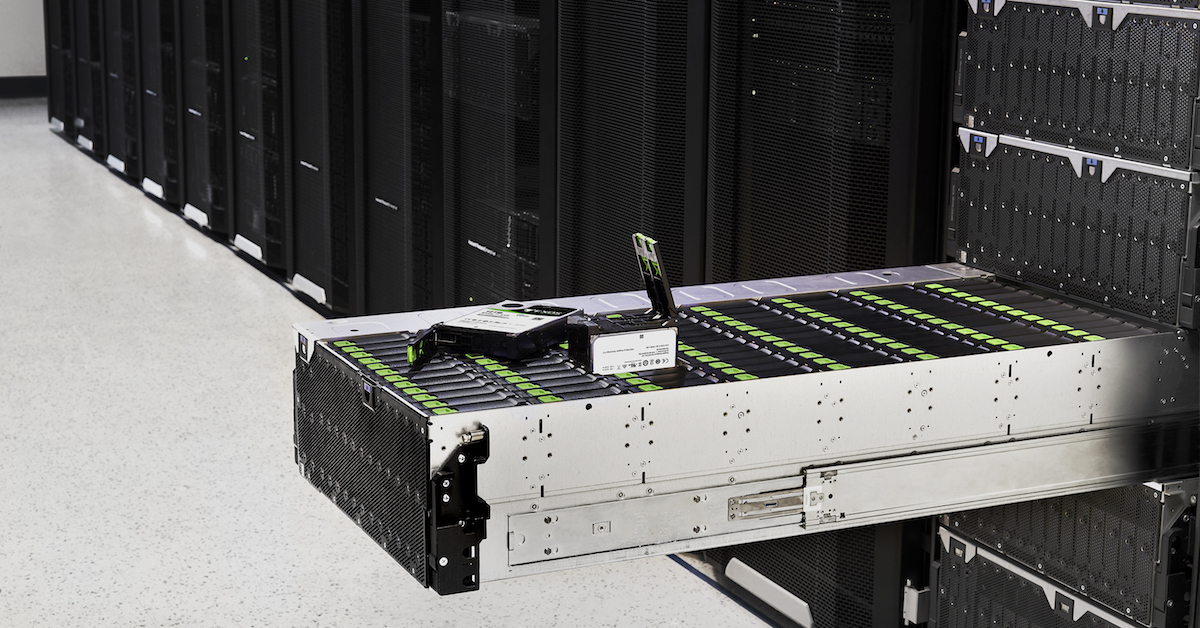These out-of-the-box solutions have the highest density and compute capabilities on the market
Density, capacity and compute are all critical for building and implementing private cloud environments. IDC reported that private cloud spending increased by almost a third (28.2 percent) year over year, as businesses realize the requirement for scalability, cost control and security — all elements that private cloud can offer. Private clouds are quickly becoming a viable data storage option in the quest to provide faster data collection and analysis for connected devices. Private clouds are critical to enabling the real-time information collected by trillions of devices that our modern world depends on.
On the edge
Unlike in the past — when the mobile/cloud era we call IT 3.0 saw data moving in mass amounts to the public cloud — in today’s emerging IT 4.0 architecture, data storage and orchestration now takes place in three locations: the core (traditional and cloud datacenters), the edge (enterprise-hardened infrastructure near data sources), and the endpoints (devices). The storage within these locations continues to rise to unprecedented levels. In fact, a recent IDC whitepaper sponsored by Seagate predicts that the Global Datasphere — the amount of data created, captured or replicated across the globe — will grow from 33 Zettabytes (ZB) in 2018 to 175 ZB by 2025.
Private cloud environments can help enable one of these primary locations: the edge. Processing data that’s generated at the edge often requires faster input and output speeds, and private cloud is a part of the infrastructure making that possible.
To respond to this shift in how data is used and moved, Seagate unveiled a series of application platforms that allow for storage of massive amounts of unstructured data using object-based technology. This critical portfolio addition is introduced in two sizes — the Exos AP 4U100 (100 high capacity drive bays) and the Exos AP 5U84 (84 high capacity drive bays). These all-in-one solutions combine both storage and compute in ultra-high-density units.
The larger 4U100 packs up to a whopping 1.6 petabytes of capacity in only four rack units. This saves space, cost, and management overhead and the integrated compute means information from connected devices do not have to travel over latency-ridden networks in order to get processed then sent back to its original source.
The perfect marriage
As manufacturers, channel partners and cloud providers look to maximize capacity storage, while leveraging data for intelligent business, the Exos AP lineup offers the highest density, capacity and compute on the market today.
”Private clouds are the fastest growing segment of IT infrastructure,” said Jon Toor, CMO at Cloudian, the first Seagate partner to take the larger AP product, Exos AP 4U100, to market as a solution for data centers. “Cloudian HyperStore Xtreme, Powered by Seagate combines our fully S3-compatible object storage software with Seagate’s newest system to deliver limitless scalability, real-time data access and ground-breaking economics for large-scale private cloud buildouts — up to 70% lower total cost of ownership than public cloud options.”

From drives to enclosures to controllers, Seagate has engineered every piece of the AP Products. This makes it optimized to work faster and smarter cost less in maintenance overhead, and have a higher level of dependability compared to other solutions that are compiled of parts from various providers.
The next stage of evolution
Seagate will continue to respond to enterprise needs as the way businesses use data shifts. From smart cities to scientific research, to everyday services such as movie streaming, Seagate is supporting businesses on their digital transformation journeys, empowering them to dictate their future and unlock the power of data.







